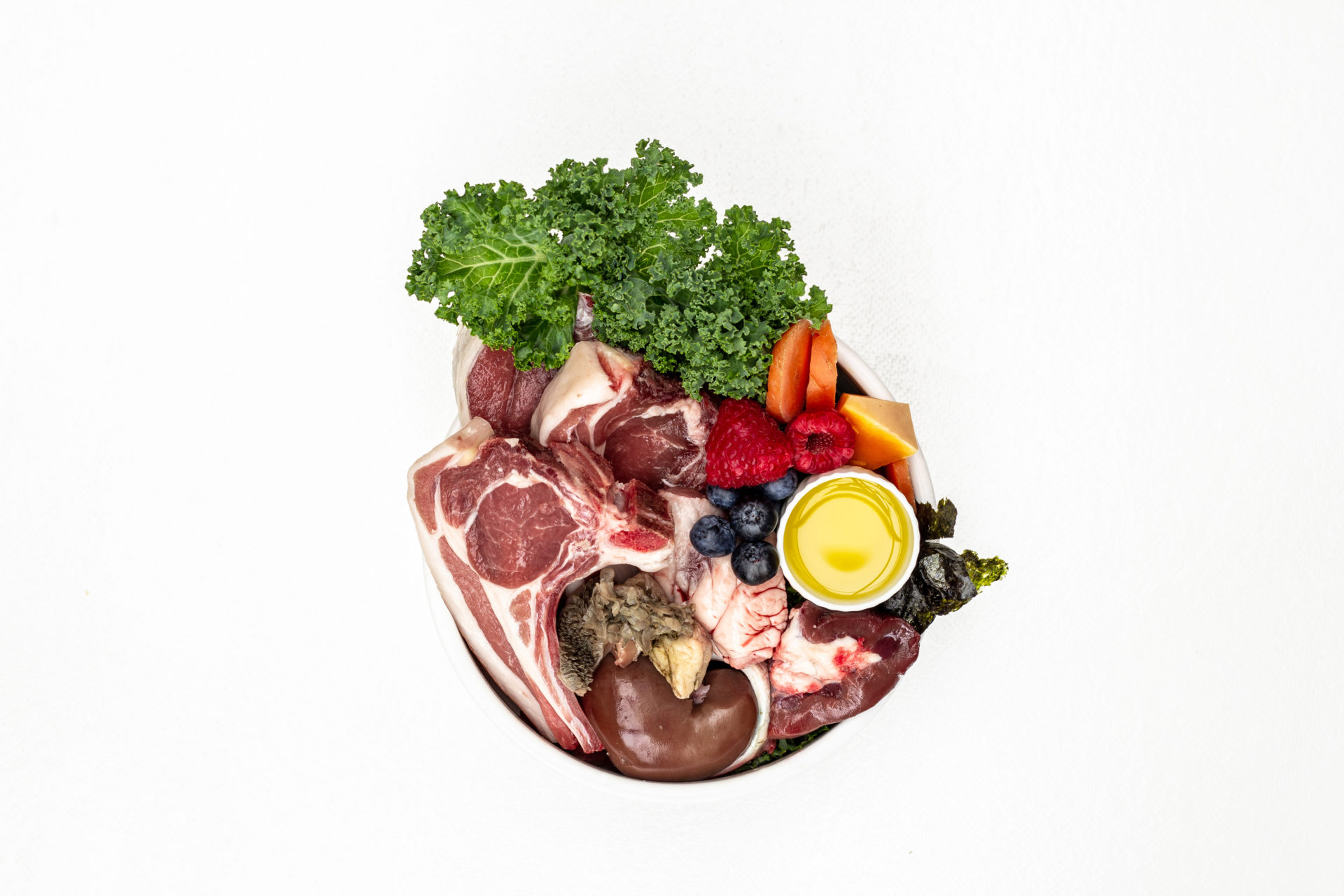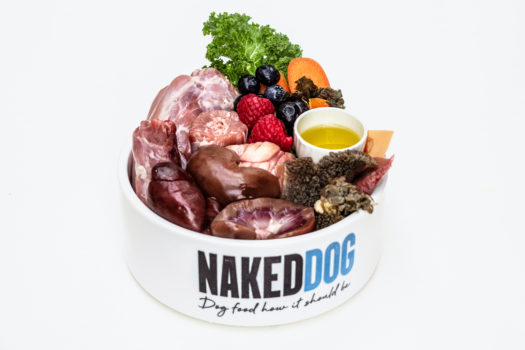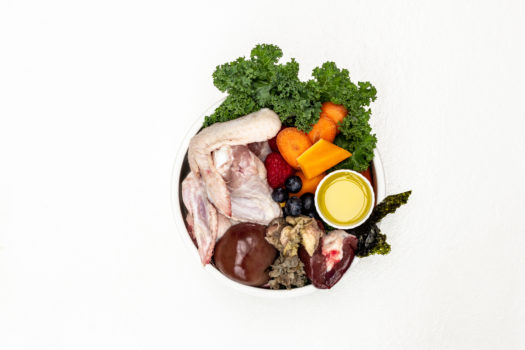
Raw Food reduces inflammation – The Science Behind Raw 3
The Science of feeding real meat to dogs
Study roundups, Caroline Griffith.
Feeding raw food meals are healthier for dogs.
(If you believe that a lower Homocysteine level is healthier)
Published article:
Study under funding to be published. Donate at . dogrisk .com
Full study interest video on YT : https://www.youtube.com/watch?v=YWYgYbDhuE8
Where and When:
Faculty of Veterinary Medicine, University of Helsinki, Finland
4 week Dietary Intervention Study
Authors/Researchers: Dog Risk Group – Anna Hielm-Bjorkman, Johanna Arturaniemi, Robin Moore, Hanna Sinkko, Stella Barrouin-Melo, Sara Zaldivar-Lopez
Question in research: Does a Raw meat diet create healthy changes in a dogs body in comparison to a dry extruded diet?
For instance looking at signs of Inflammation and levels of Homocysteine, an amino acid ( protein derivative) that is found more abundantly in the body when the body is out of balance1.
Secondly: How soon do the changes begin to happen is raw meat is added to a kibble diet?
Study Participants: 4 groups of adult healthy dogs.
What they did:
Participants were split into four groups
Group 1 Previously raw fed dogs that continued eating raw meat meals
Group 2 Previously dry fed dog that continued eating dry food
Group 3 Previously raw fed dogs that were switched to dry food
Group 4 Previously dry fed dogs that were switched raw food meals
Measurements were taken at the beginning and end of the study, plus before and after dietary switches.
What was measured:
Gut microbiota, Gene expression in the skin,
Metabolomics from blood and urine, Nutrient profile using Omics’ testing of blood and hair,
Bio-markers of genes, plasma (tests as medical profession).
Findings:
At the end of the study period the dogs bio-markers were measured.
Of particular interest the dogs Homocysteine Levels were as follows.
Group 1 : 0.17 mc
Group 2 : 1.57 mc (10 x more in there system than the raw fed group)
Group 3 : 0.77 mc (5 fold increase when switched food types)
Group 4 : 0.30 mc ( dramatic decrease when switched food types)
Results:
“The Bio-Markers we had measured as signs of Inflammation (in the body) went up in the dogs that switched over to dry food – and went down, or remained more or less the same in the dogs that had switched over to raw food” Researcher Robin Moore
Homocysteine levels went up at a 5 fold increase when dogs were switched from raw meals to dry food meals.
Homocysteine levels showed a dramatic decrease when dogs were switched from dry food meals to raw food meals.
Homocysteine levels were highest in the dry food fed dogs, and lowest in the dogs who ate raw food.
Elevated Homocysteine levels are regularly linked with blood clotting, inflammation, heart disease, dementia, osteoporosis on medical websites, is a used marker for the diagnosis of heart ailments in dogs2 and even linked to thyroid issues in dogs3
and, How soon do the changes begin to happen is raw meat is added to a kibble diet?
The research team saw changes happening to the bio-markers and the homocysteine levels
With only around 20% 1/5th of the food bowl as raw meat, with 4/5th kibble. The bio-markers continued to show a decrease in the chances of disease occurring the more the bowl were made up of the raw foods over the dry.
1 – https://foodforthebrain.org/for-health-professionals/methylation-and-homocysteine/
2 -https://www.researchgate.net/publication/311321747_Investigation_of_Homocysteine_Levels_in_Healthy_Dogs
3 – https://onlinelibrary.wiley.com/doi/full/10.1111/jvim.14804





